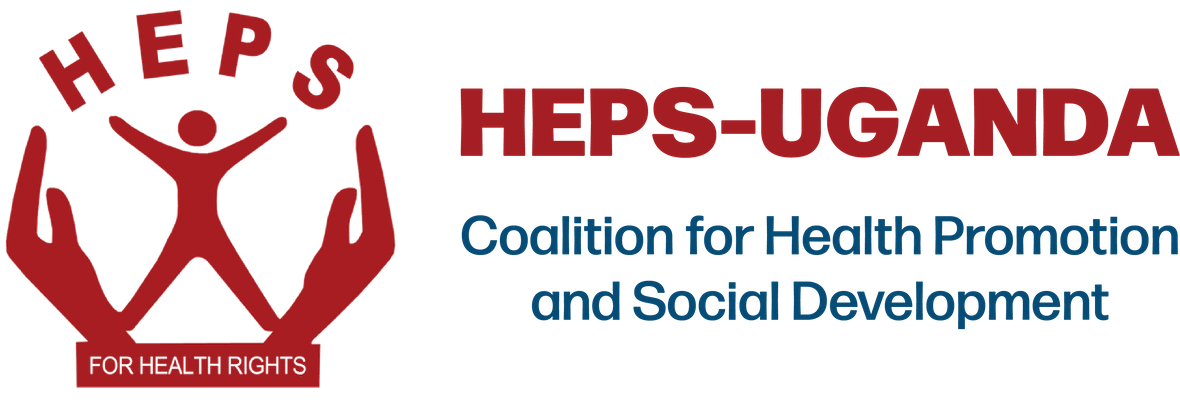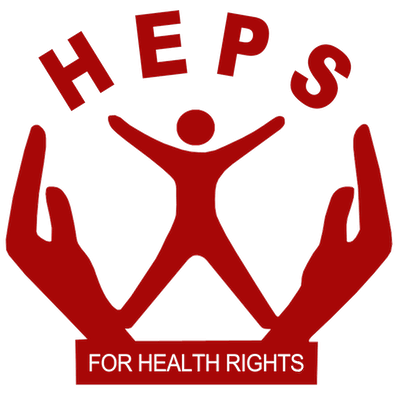Two health workers have Ebola Virus Disease (EVD). Its outbreak was declared in Uganda’s district of Mubende on September 20, 2022, (as of October 2nd, 2022) succumbed).
The country continues to battle this outbreak, with action from everyone key to the success of this fight.
The Ebola virus causes an acute, serious illness that is often fatal if untreated. EVD first appeared in 1976 in 2 simultaneous outbreaks, one in what is now Nzara, South Sudan, and the other in Yambuku, DRC. The latter occurred in a village near the Ebola River, from which the disease takes its name.
Uganda has had five EVD outbreaks before in 2000, 2007, 2011, 2012, and in 2019.
In Africa, the 2014–2016 outbreak in West Africa was the largest Ebola outbreak since the virus was first discovered in 1976. The outbreak started in Guinea and then moved across land borders to Sierra Leone and Liberia, killing thousands.
Transmission
It is thought that fruit bats of the Pteropodidae family are natural Ebola, virus hosts. Ebola is introduced into the human population through close contact with the blood, secretions, organs or other bodily fluids of infected animals such as fruit bats, chimpanzees, gorillas, monkeys, forest antelope or porcupines found ill or dead or in the rainforest.
Ebola then spreads through human-to-human transmission via direct contact (through broken skin or mucous membranes) with: blood or body fluids of a person who is sick with or has died from Ebola objects that have been contaminated with body fluids (like blood, feces, vomit) from a person sick with Ebola or the body of a person who died from Ebola.
Healthcare workers have frequently been infected while treating patients with suspected or confirmed EVD. This occurs through close contact with patients when infection control precautions are not strictly practiced.
Burial ceremonies that involve direct contact with the body of the deceased can also contribute to the transmission of Ebola.
People remain infectious as long as their blood contains the virus.
Pregnant women who get acute Ebola and recover from the disease may still carry the virus in breastmilk, or in pregnancy-related fluids and tissues. This poses a risk of transmission to the baby they carry, and to others. Women who become pregnant after surviving Ebola disease are not at risk of carrying the virus.
If a breastfeeding woman who is recovering from Ebola wishes to continue breastfeeding, she should be supported to do so. Her breast milk needs to be tested for Ebola before she can start.
Symptoms
The incubation period: that is, the time interval from infection with the virus to onset of symptoms, is from 2 to 21 days. A person infected with Ebola cannot spread the disease until they develop symptoms.
Symptoms of EVD can be sudden and include Fever, fatigue, muscle pain, headache, and sore throat.
This is followed by: vomiting, diarrhea, rash, symptoms of impaired kidney and liver function, in some cases, both internal and external bleeding (for example, oozing from the gums, or blood in the stools). Laboratory findings include low white blood cell and platelet counts and elevated liver enzymes.
Diagnosis
It can be difficult to distinguish EVD from other infectious diseases such as malaria, typhoid fever, and meningitis. This means that every suspected Ebola case should be reported and handled by qualified healthcare professionals at health facilities. In Uganda, the Ministry of Health has established a toll-free helpline (Call line: 0800100066, 0800 203 033. SMS line: 8500) for reporting suspected ebola cases.
Prevention and Control
Good outbreak control relies on applying a package of interventions, including case management, surveillance and contact tracing, a good laboratory service, safe burials, and social mobilization. Community engagement is key to successfully controlling outbreaks.
Risk reduction practices include:
- Reducing the risk of wildlife-to-human transmission from contact with infected fruit bats, monkeys, apes, forest antelope, or porcupines and the consumption of their raw meat. Animals should be handled with gloves and other appropriate protective clothing. Animal products (blood and meat) should be thoroughly cooked before consumption.
- Reducing the risk of human-to-human transmission from direct or close contact with people with Ebola symptoms, particularly with their bodily fluids. Gloves and appropriate personal protective equipment should be worn when taking care of ill patients. Regular hand washing is required after visiting patients in the hospital, as well as after taking care of patients at home.
- Safe and dignified burial of the dead must be done by qualified and specialized people. There should be identifying people who may have been in contact with someone infected with Ebola and monitoring their health for 21 days. There must be a separation of the healthy from the sick to prevent further spread. It is also important to keep good hygiene and maintain a clean environment.
Controlling infection in healthcare settings
Healthcare workers should always take standard precautions when caring for patients, regardless of their presumed diagnosis. These include basic hand hygiene, respiratory hygiene, use of personal protective equipment (to block splashes or other contact with infected materials), safe injection practices, and safe burial practices.
Healthcare workers caring for patients with suspected or confirmed Ebola virus should apply extra infection control measures to prevent contact with the patient’s blood and body fluids and contaminated surfaces or materials such as clothing and bedding. When in close contact (within 1 meter) with patients with EVD, healthcare workers should wear face protection (a face shield or a medical mask and goggles), a clean, non-sterile long-sleeved gown, and gloves.
Care for people who recovered from EVD
A number of medical complications have been reported in people who recovered from Ebola, including mental health issues. The Ebola virus may persist in some body fluids, including semen, pregnancy-related fluids, and breast milk.
Ebola survivors need comprehensive support for the medical and psychosocial challenges they face and also to minimize the risk of continued Ebola virus transmission.
It is important to note that Ebola Virus Disease is treatable, but one must get treatment early. Seeking medical help in case of any EVD-like symptoms and seeking help from the nearest health facility are key in the EVD fight.







